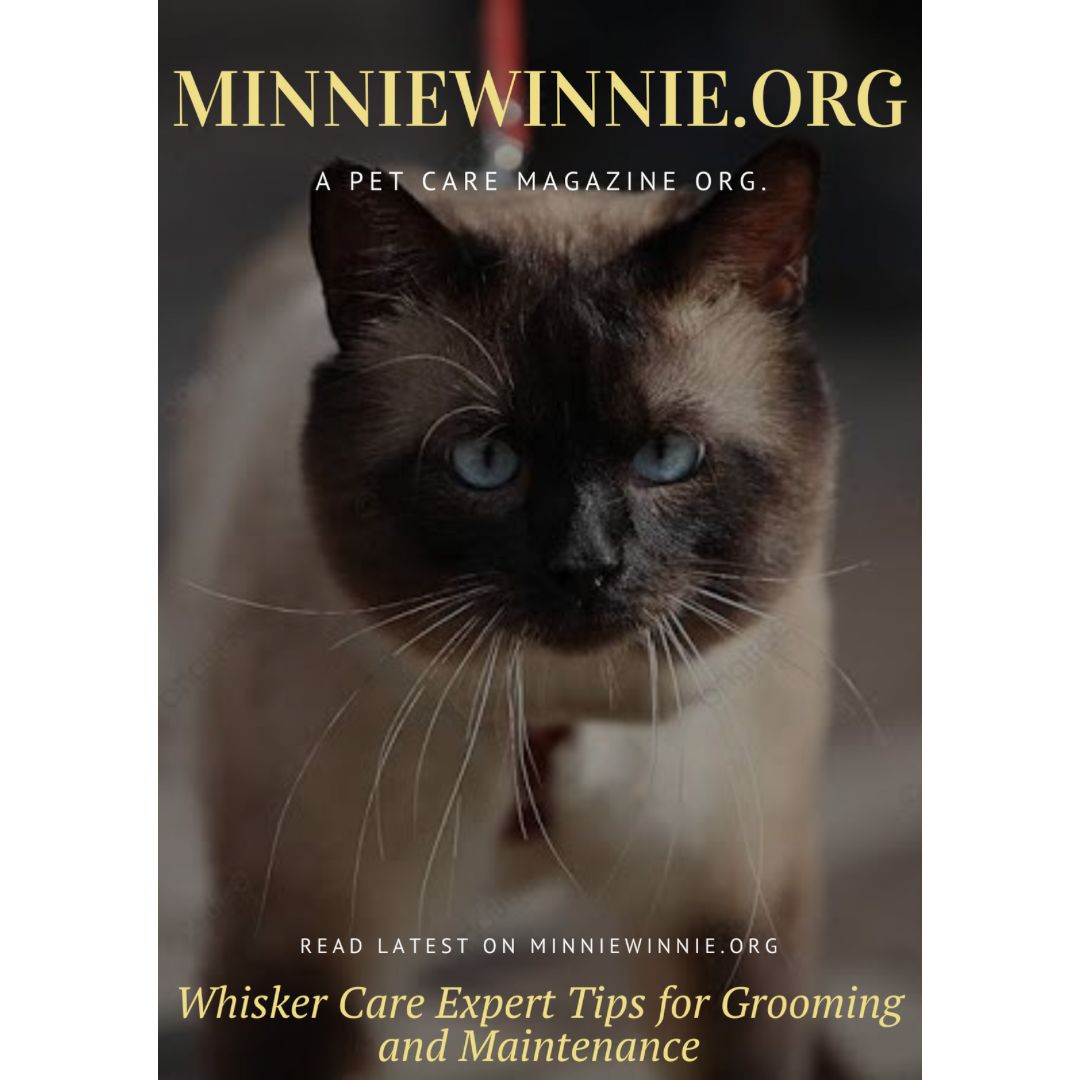Whisker Care Expert Tips for Grooming and Maintenance
Whiskers, or vibrissae, are more than just facial adornments for our feline friends. These sensitive, tactile hairs are crucial for a cat’s sensory perception, helping them navigate their environment, judge the width of openings, and even detect changes in the air. Proper whisker care is essential for maintaining a cat’s overall well-being. Here are expert tips for grooming and maintaining these important features.
Understanding Whiskers
Whiskers are deeply embedded into the cat’s body, with roots three times deeper than ordinary fur. They are highly sensitive, equipped with nerve endings that send information to the brain about the surroundings. Cats have whiskers on their cheeks, above their eyes, on their chins, and even on the back of their front legs. These specialized hairs are crucial for spatial awareness and detecting nearby objects.
The Importance of Whisker Health
Whiskers play a significant role in a cat’s sensory system. They help in:
- Navigation: Whiskers detect subtle changes in the environment, allowing cats to move gracefully and avoid obstacles.
- Measurement: Cats use their whiskers to determine if they can fit through tight spaces.
- Hunting: Whiskers are sensitive to vibrations, aiding in detecting prey.
Given their importance, maintaining whisker health is vital for a cat’s physical and mental well-being.
Grooming Tips for Whisker Care
- Avoid Cutting Whiskers: Never trim or cut your cat’s whiskers. Trimming can disorient and stress your cat, as they rely heavily on their whiskers for navigation and environmental awareness.
- Gentle Handling: When grooming your cat, be gentle around the whisker area. Avoid tugging or pulling on the whiskers, as this can cause discomfort and pain.
- Regular Brushing: Regular brushing of your cat’s fur can help keep the whisker area clean. Use a soft brush and be mindful of the whisker zones to avoid unnecessary pressure.
- Monitor for Damage: Keep an eye out for broken or damaged whiskers. While it’s normal for whiskers to fall out and grow back, excessive breakage could indicate stress or an underlying health issue.
- Stress Reduction: Stress can affect whisker health. Provide a calm and stable environment for your cat, with plenty of hiding spots and vertical spaces to reduce anxiety.
Maintenance of Whisker Health
- Feeding Bowls: Use wide, shallow feeding bowls to prevent whisker fatigue. Deep bowls can cause whiskers to bend and become overstimulated, leading to discomfort and stress during eating.
- Environment Enrichment: Provide toys and activities that stimulate your cat’s senses. Interactive toys, puzzle feeders, and vertical spaces can keep your cat engaged and mentally stimulated.
- Regular Health Check-ups: Regular veterinary check-ups are essential for overall health. Discuss any concerns about whisker health with your vet, especially if you notice abnormal shedding or breakage.
- Balanced Diet: A balanced diet rich in essential nutrients supports overall health, including whisker integrity. Ensure your cat’s diet includes high-quality proteins, vitamins, and minerals.
Conclusion
Whisker care is a crucial aspect of feline grooming and maintenance. By understanding the importance of whiskers and following expert tips for their care, you can help ensure your cat remains healthy, comfortable, and well-oriented in their environment. Remember, whiskers are not just decorative—they are vital sensory tools that contribute significantly to your cat’s quality of life.










